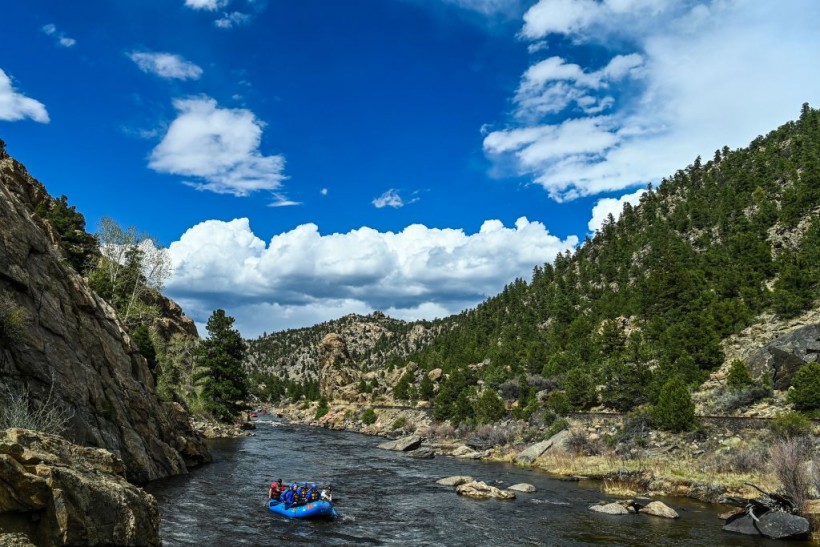
Arkansas River in Buena Vista, Colorado. The latest report said Colorado is now drought-free after wet and rainy weather patterns helped ease the region's dry conditions. The report noted that it could be short-lived.
Colorado is now finally drought-free after the wet and rainy weather helped ease the drought in the region, according to the latest report, which highlighted that the stormy conditions in Colorado eased the prolonged drought conditions, according to the U.S Drought Monitor.
According to AccuWeather, Colorado finally recorded areas without drought since July 16, 2019.
In other parts of the country, the Northeast recorded stormy conditions that unleashed heavy rain.
Nature World News's (NWN) recent report showed that many vehicles became stranded in the Northeast due to the flooding rainfall.
Colorado's drought-free conditions
While the rain improved the drought conditions in Colorado, the latest forecast noted that it could become short-lived.
Based on AccuWeather's outlook, abnormally dry continued in Colorado from August 2020 until April 2021 and November 2021 to April 2022.
Last year, Reuters reported that the Colorado River experienced dry conditions that impacted the water distribution to over 40 million people.
In California, NWS reported that Lake Oroville recovered from the beneficial rain and snowpack. The said lake is one of the largest reservoirs in California, supplying about 27 million people in California.
Furthermore, the CNN report noted that Lake Oroville suffered from drought conditions, causing it to reach a concerning below-water level.
Meanwhile, the Colorado Sun reported that the drought-free conditions would help residents, crops and farmlands.
Drought impacts
The low or below average reservoir in the United States can affect residents and wildlife. The lack of rain can worsen the drought conditions, making it more difficult to recover.
According to the Centers for Disease Control and Prevention (CDC), historic water levels can result in health implications.
The report emphasized that prolonged drought can result in poor drinking water and sanitation.
In aquatic life, fish can become affected due to low water levels and reduced oxygen levels. Without sufficient water, CDC noted that insects and infestation could affect crops.
Also Read: Europe Soaring Temperatures: 61,672 Died in Heat-Related Illnesses Last Year
Furthermore, humans can suffer from the dusty air from prolonged drought, causing possible acute respiratory infections and bacterial infections.
Meanwhile, the University of Nebraska - National Drought Mitigation Center explained extreme drought conditions' economic and environmental impacts.
The report noted that drought could result in habitat destruction and animal migration. It can become more difficult for wildlife because of a lack of drinking water.
Furthermore, dry conditions could cause possible wildfire concerns and water erosion. Wildfires can become deadly, causing significant damage to forests and nearby communities.
Meanwhile, the National Weather Service (NWS) explained that drought conditions are considered a costly weather event in the United States.
Did you know?
According to National Oceanic and Atmospheric Administration (NOAA), the warmer weather and drought outlook became the concern in 2022 due to lack of rainfall.
- The report said that Nebraska recorded the fourth-driest year.
- California placed the ninth driest on record.
- Rhode Island and Florida recorded the fifth warmest.
Related Article: US Weather Forecast: Dangerous Heat to Hit Southwest; Northeast to Expect Rainy Conditions
For more similar stories, don't forget to follow Nature News.
© 2024 NatureWorldNews.com All rights reserved. Do not reproduce without permission.




![Tsunami Hazard Zones: New US Map Shows Places at Risk of Flooding and Tsunamis Amid Rising Sea Levels [NOAA]](https://1471793142.rsc.cdn77.org/data/thumbs/full/70325/280/157/50/40/tsunami-hazard-zones-new-us-map-shows-places-at-risk-of-flooding-and-tsunamis-amid-rising-sea-levels-noaa.jpg)
